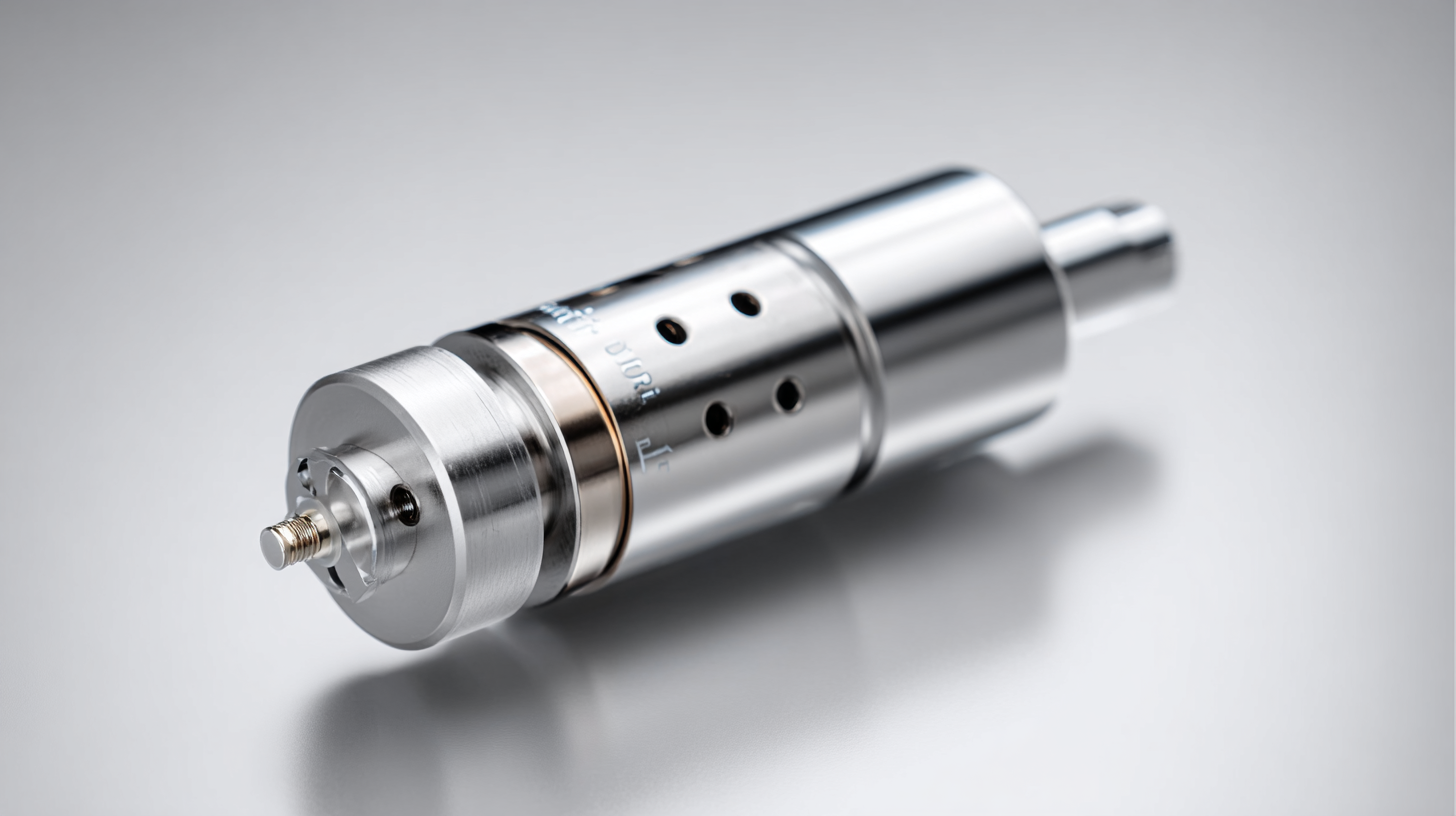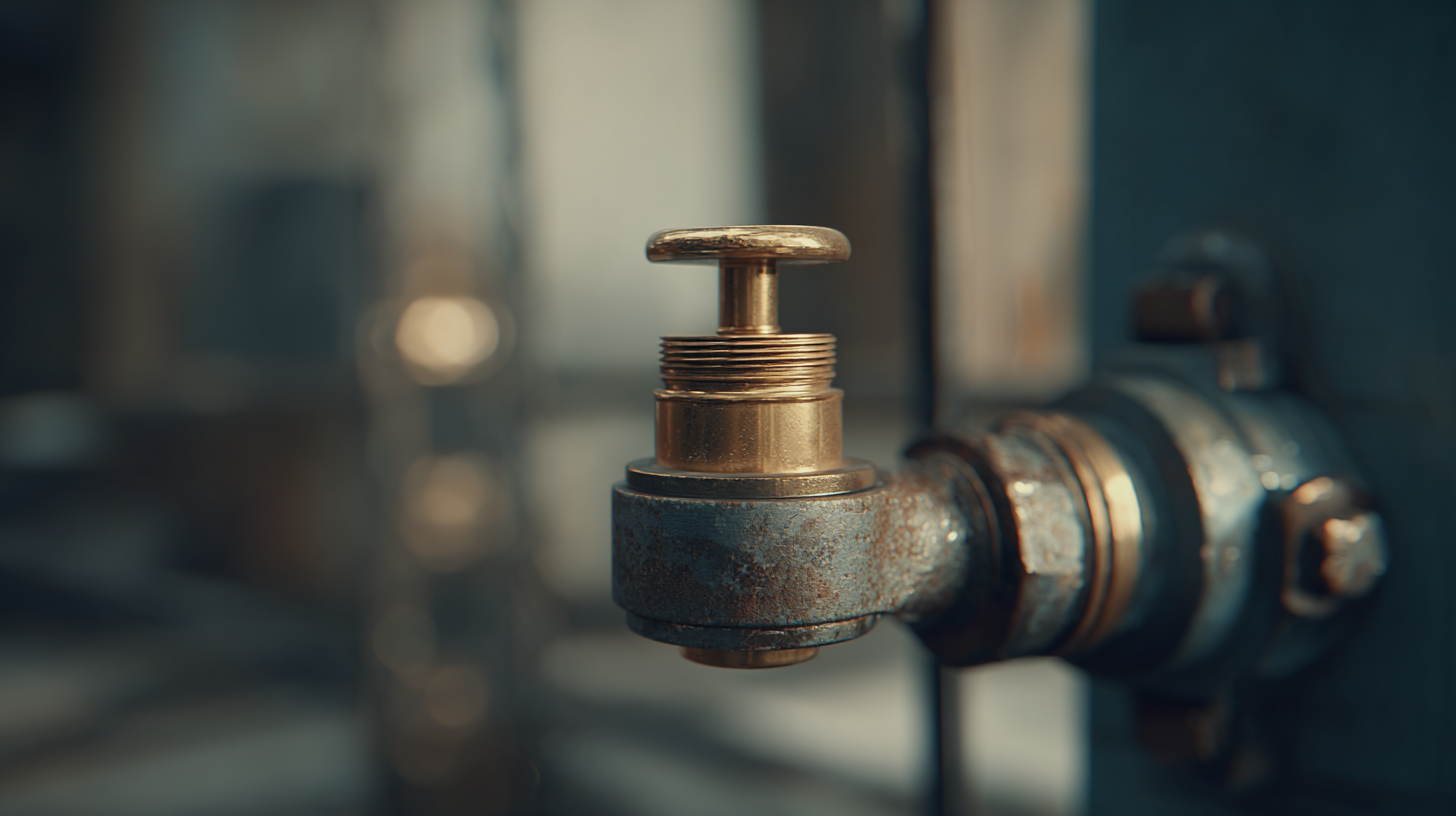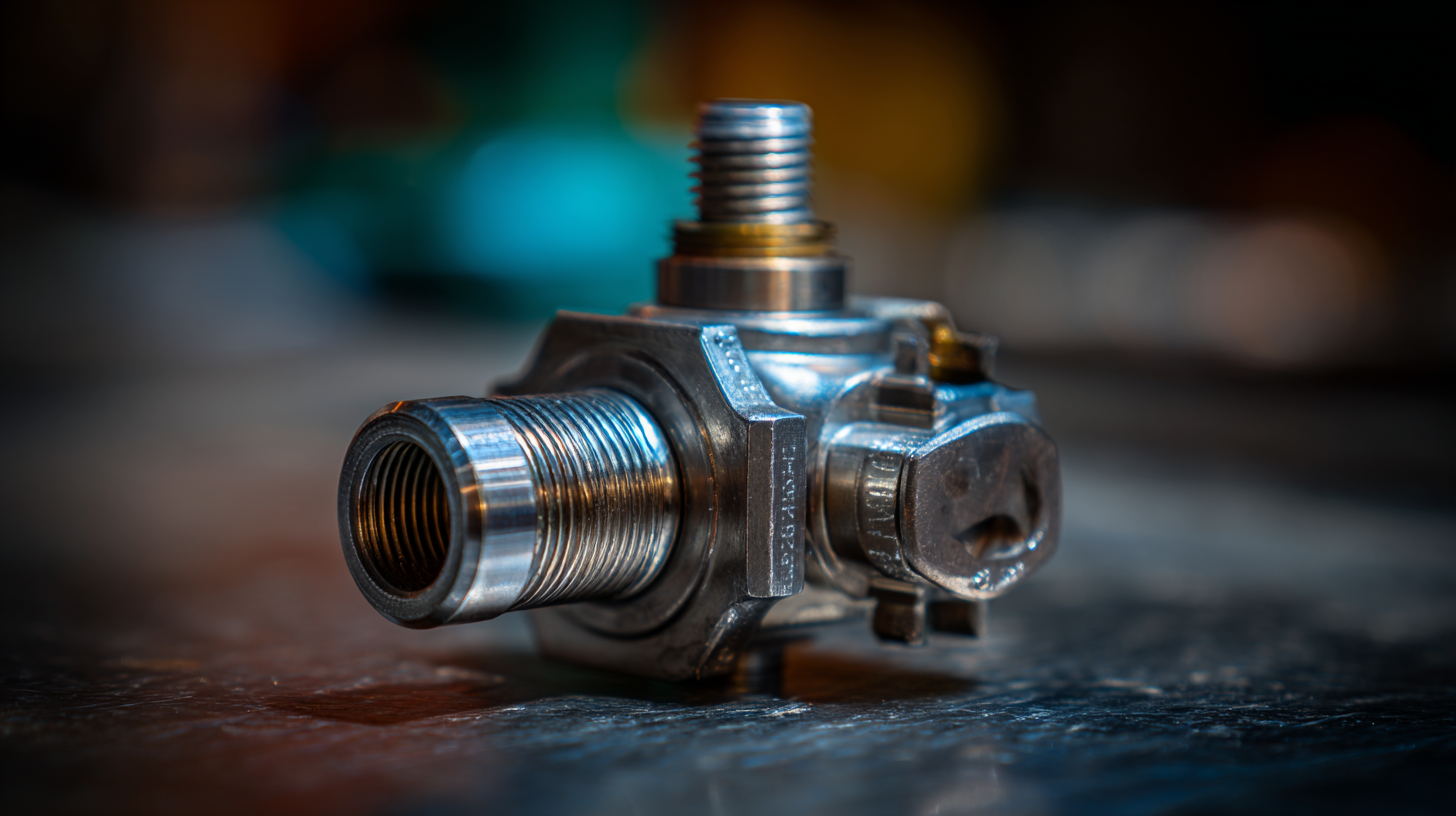
 In the realm of industrial applications, the selection of the right components can significantly impact efficiency and performance, particularly when it comes to fluid control systems. Among these critical components, the one way valve stands out as an essential device that ensures the unidirectional flow of fluids, preventing backflow and maintaining the integrity of the system. As China continues to lead the global manufacturing landscape, understanding the factors that influence the selection of the best one way valve becomes increasingly vital for businesses aiming to optimize their operations. This blog aims to explore the key considerations such as material compatibility, pressure ratings, and application-specific requirements that industry professionals should keep in mind when choosing a one way valve. By making informed decisions, companies can leverage the strength of Chinese manufacturing to enhance their fluid control strategies and drive greater success in their respective fields.
In the realm of industrial applications, the selection of the right components can significantly impact efficiency and performance, particularly when it comes to fluid control systems. Among these critical components, the one way valve stands out as an essential device that ensures the unidirectional flow of fluids, preventing backflow and maintaining the integrity of the system. As China continues to lead the global manufacturing landscape, understanding the factors that influence the selection of the best one way valve becomes increasingly vital for businesses aiming to optimize their operations. This blog aims to explore the key considerations such as material compatibility, pressure ratings, and application-specific requirements that industry professionals should keep in mind when choosing a one way valve. By making informed decisions, companies can leverage the strength of Chinese manufacturing to enhance their fluid control strategies and drive greater success in their respective fields.
When selecting a one way valve for any application, understanding the material composition and durability is paramount. Valves are subjected to various conditions like pressure, temperature, and the nature of the fluid they regulate. According to a report by the Valve Manufacturers Association, nearly 33% of valve failures are attributed to improper material selection, highlighting the importance of choosing the right material to withstand environmental challenges. Common materials like stainless steel, bronze, and PVC each offer unique advantages. For example, stainless steel provides excellent corrosion resistance in hostile environments, making it suitable for chemical processing applications.
Durability is also a critical factor in valve selection. A study by the American Society of Mechanical Engineers emphasizes that valves should maintain integrity across their expected lifecycle. Certain materials, like high-density polyethylene (HDPE), exhibit outstanding impact resistance and can withstand various temperatures, which is essential for applications involving fluctuating thermal conditions. Furthermore, the expected lifespan of one way valves can vary significantly; valves constructed from durable alloys can last up to 20 years, whereas others may require replacement in under five years. Therefore, evaluating both material composition and durability is essential to ensure optimal performance and reliability of one way valves in any application.
| Valve Type | Material Composition | Durability Rating (Years) | Temperature Range (°F) | Applications |
|---|---|---|---|---|
| Ball Valve | Brass | 10 | -20 to 180 | Water & Gas |
| Check Valve | PVC | 5 | 32 to 140 | Chemical Transfer |
| Diaphragm Valve | EPDM | 7 | 0 to 150 | Food & Beverage |
| Swing Check Valve | Stainless Steel | 15 | -50 to 400 | Oil & Gas |
| Foot Valve | Cast Iron | 12 | -10 to 220 | Pumping Stations |
When selecting a one-way valve, the importance of pressure rating cannot be overstated. Pressure rating determines the maximum pressure a valve can withstand while maintaining its integrity and functionality. According to a report by the American Society of Mechanical Engineers, valves that operate above their intended pressure rating can fail, leading to costly leaks or catastrophic breakdowns. This highlights the need for careful consideration of pressure conditions in various applications, such as HVAC systems, water treatment facilities, and oil and gas pipelines.
Moreover, the pressure rating of a one-way valve influences its longevity and efficiency. Valves designed for high-pressure applications often feature robust materials and innovative designs to handle extreme conditions. For instance, studies from the Valve Manufacturers Association indicate that valves operating within their rated pressure can achieve an average lifespan of 15-25 years, while those overstressed may only last a fraction of that time. Therefore, it’s essential for engineers and procurement professionals to choose valves that align with the specific pressure requirements of their systems to ensure optimal performance and reliability.
When selecting the best one-way valve for your application, understanding flow characteristics is essential. One critical aspect to consider is the valve's flow coefficient (Cv), which measures the valve's capacity to allow flow at a specific pressure drop. According to industry reports, a valve with a higher Cv value permits greater flow, enhancing system efficiency. Typically, valves in high-flow applications range between Cv ratings of 10 to 100, while those utilized in precision tasks may have values between 1 and 5. This variance highlights the need to select a valve that aligns with your specific hydraulic requirements.
Tip: Always assess the Cv of valves in relation to your system's pressure and flow rate to ensure optimal performance. For instance, an oversized valve can lead to turbulence, while an undersized one may restrict flow, potentially causing system failures.
Moreover, the type of fluid and its viscosity significantly influence the effectiveness of one-way valves. Research shows that viscous fluids require valves with a higher Cv to maintain consistent flow rates. Additionally, temperature can also affect fluid behavior; hence, it's imperative to choose materials suitable for the pressure and temperature ranges of your application.
Tip: Consider conducting flow tests with sample valves under your application conditions to accurately gauge performance before finalizing your selection.
When selecting a one-way valve for your application, a meticulous cost-benefit analysis is essential to evaluate long-term performance versus initial investment. According to a 2022 study by the Valve Manufacturers Association, while the upfront cost of high-efficiency valves may be higher—ranging from $15\%$ to $25\%$ more than standard valves—their durability and reduced maintenance can yield a total cost of ownership savings of up to 30% over five years. This means that investing in quality components can lead to less frequent replacements and lower operational downtime, translating to increased productivity.

Tip: Always consider the long-term implications of your purchase. Investing in higher-quality one-way valves may require a larger initial budget but can significantly reduce total operational costs due to their reliability and efficiency.
Furthermore, performance metrics such as flow rate efficiency and pressure drop should influence your decision. For instance, research indicates that valves designed with advanced materials can achieve up to 95% flow efficiency, whereas conventional options might only reach 80%. This difference can impact not only performance but also energy consumption, leading to additional savings.
Tip: Analyze the operating conditions and choose materials that can withstand specific environmental challenges. This preventive measure will enhance the longevity of your valve and reduce the likelihood of costly repairs or replacements.
When selecting a one-way valve for industrial applications, understanding the regulatory compliance and standards that influence these choices is crucial. Different industries are governed by various regulations that dictate the materials, design, and performance of valves. For instance, in sectors such as pharmaceuticals and food processing, valves must adhere to stringent hygiene and safety standards to ensure that products meet health regulations. Compliance with standards such as FDA, ASTM, and ISO is not just a legal requirement but also essential for maintaining product integrity and safety.

Additionally, the choice of one-way valve can impact operational efficiency and risk management. Industries often comply with local and international regulations that mandate specific testing and certification processes. Valves that are not compliant can lead to costly shutdowns or product recalls. Furthermore, manufacturers should consider environmental regulations, especially in sectors dealing with hazardous materials. Selecting a valve that meets both industry-specific standards and environmental guidelines can significantly reduce liability risks and enhance system reliability. Therefore, it is vital to prioritize regulatory compliance when evaluating options to ensure the chosen valve operates effectively within the established legal frameworks.